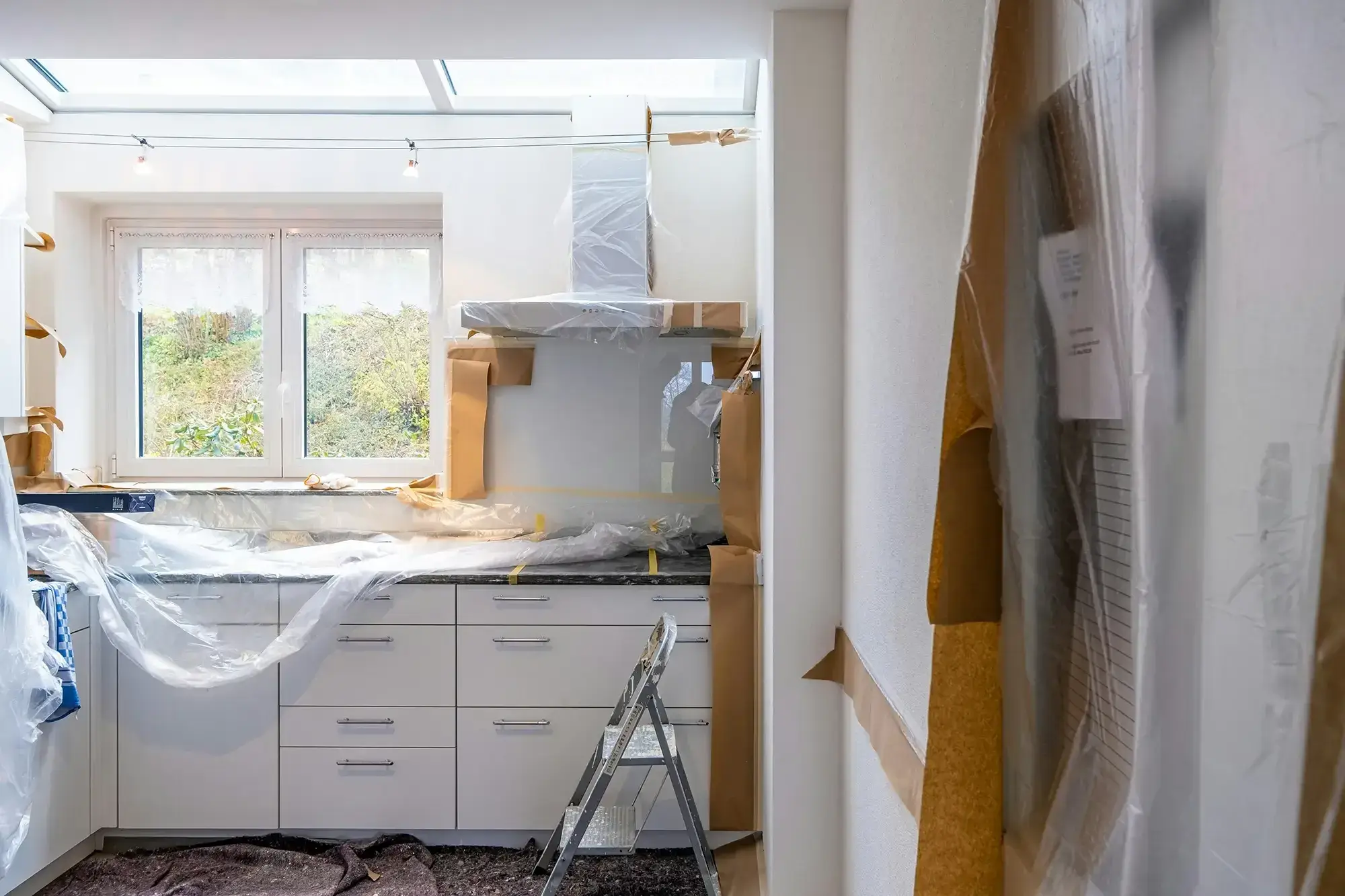
User-Centered Design Vs. User Designed: How to avoid building “The Homerâ€Â
Like most people today, I learned most of what I know from television. My first lesson in user research came in 1991 when I saw an episode of The Simpsons entitled, “Oh Brother Where Art Though’. In case you don’t have that particular episode etched into your brain like I do, the basic premise is that Homer discovers that he has a half-brother Herb, who owns a successful car company. Herb hires Homer to design a car that Homer would want to drive.
The car Homer designs has a separate cabin for kids, an engine sound meant to make people think “The world’s coming to an end.â€Â, and three horns, because, as Homer says, “You can never find a horn when you’re mad.â€Â. The car, named “The Homerâ€Â, is deemed a monstrosity and at an $82,000 price tag, the project ends up bankrupting Herb’s company.
When user-centered design is incorrectly applied you can run the risk making a “Homer†out of your own product. In user interviews and usability tests, users will often tell us what they want. It can be very tempting to turn those requests directly into design recommendations.
The problem is, user research isn’t about what users want; it’s about what they do. By understanding what users actually do, we can make informed design decisions that accommodate not only what users think they want, but also their unrecognized needs. In reality, most users don’t know what they want, and if you give them what they ask for, they are never happy.
Not all user requests are bad. One of the design recommendations that Homer contributed was the oversized cup holder. As anyone who has been in automobiles since 1991 can tell you, cup holders have in fact gotten bigger, and in this respect, Homer was ahead of the curve. The challenge of a user experience researcher is to dig deeper to understand why the user is making the request in order to evaluate its value. Homer wanted bigger cup holders because when Homer is driving his car, he drinks large “Squishy’s†that won’t fit in conventional 1991 cup holders.
By understanding the use-case, it becomes clear that this request is coming from a real user need. When the trade-off with the business requirements is evaluated, this user need can be addressed cheaply while providing real end-user value. This evaluation of user requests is necessary to separate out the user recommendations that will make your product great from those that will leave you bankrupt.
Herb hired Homer because he thought a car designed by an everyday consumer would appeal to everyday consumers. Unfortunately, the everyday consumer does not make for a very good car designer. By applying a systematic user-centered design process, we make it possible to leverage user feedback to design great products every time, without making any “Homersâ€Â.
Comments
Related Articles



